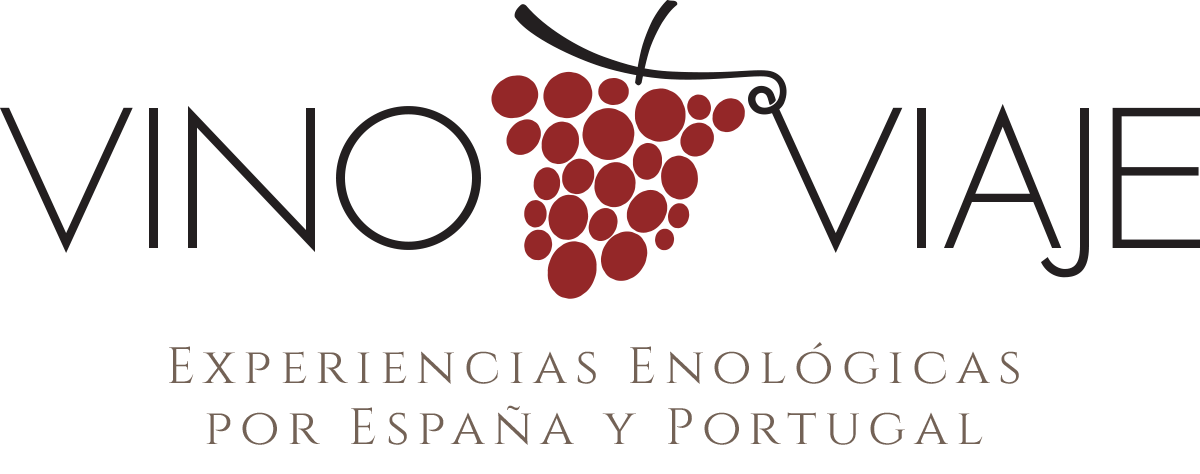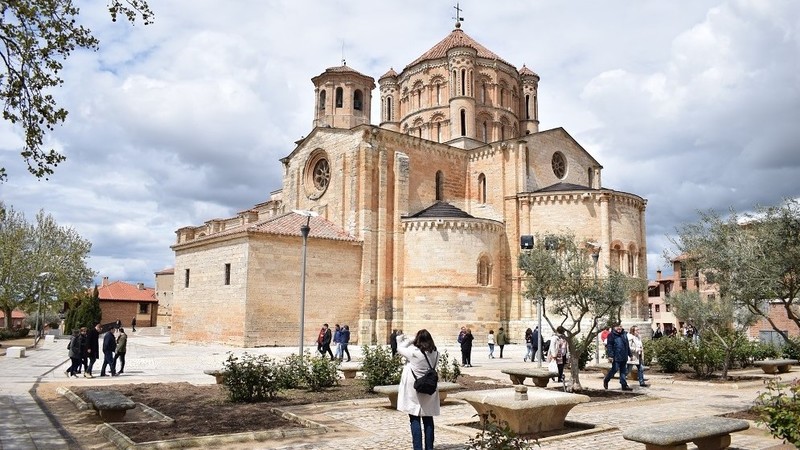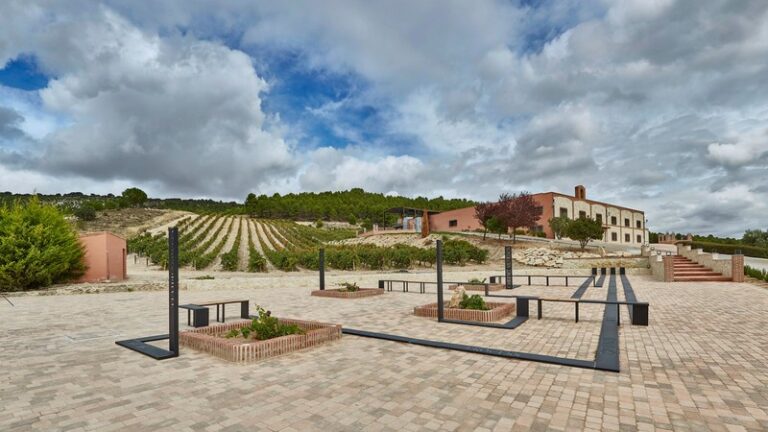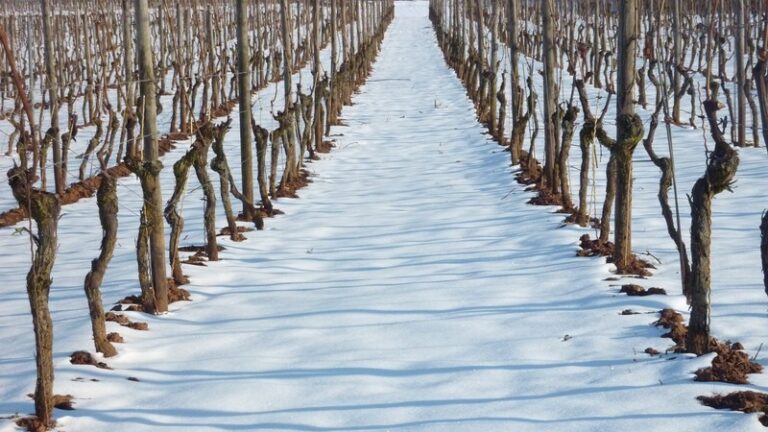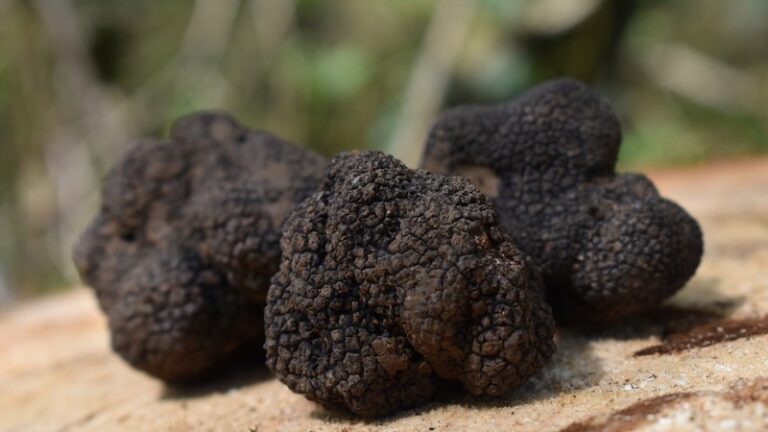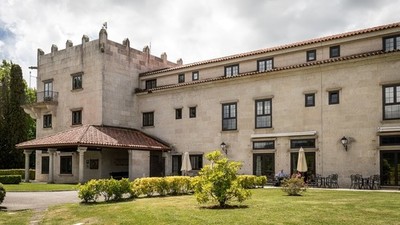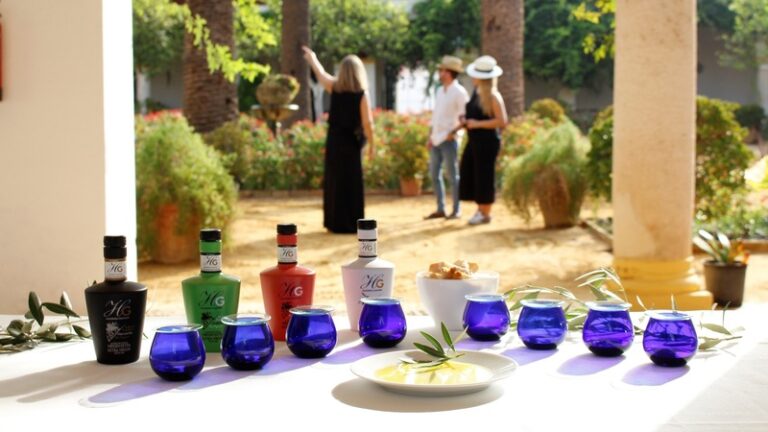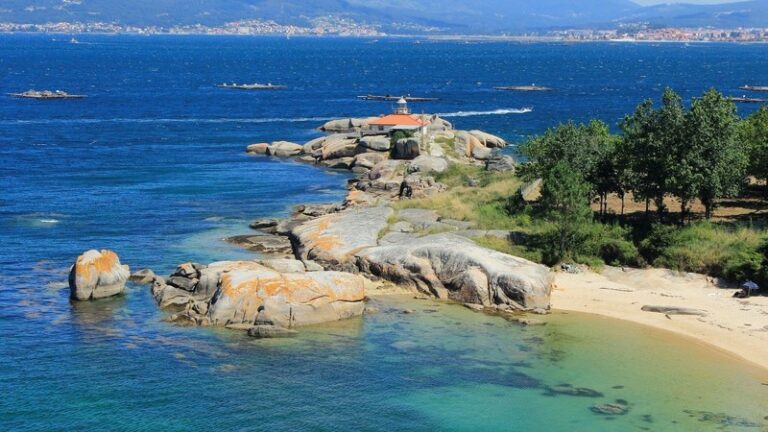Toro, a wine with a long (and fascinating) history
In the middle of Castille y Leon, a land of wheat fields, feudal castles and Romanesque churches, Toro is a fascining historic town. Its strategic location gave rise to it being a site of conflict during all the Middle Age, a court of kings and the capital of the province in the 19th century. The legend has it that the medieval clock tower in Toro was built with a mortar that was made with cement, sand, and the local red wine. Seemingly, as far as the townsfolk were concerned, there was so much Tinta de Toro on hand that they saw it pointless to walk downhill of few hundred metres to the Duero River banks to collect water to moisten the paste.
Many regions with long and venerable viticulture histories have their own bold stories over the importance of wine to local life. A very few, however, hold the historical record to back up the myths. The wine of Toro, on the other hand, is widely documented as having been Spanish royal family’s a one for centuries. It was also, it turns out, the tipple of choice for Christopher Columbus and his crew on their epic journey to the Americas in 1492, largely because the influential confessor to Queen Isabella and King Ferdinand, Columbus’s patrons, was a local boy made good. Many historians agree with the theory that he was the one who named one of the 3 caravels of Columbus, «La Pinta» making reference to a measure of wine used at that time.
The huge concentration and generous alcohol levels of Toro’s wines allowed them to withstand such long journeys with ease. In the aftermath of the successful voyage to the New World, the wines began to travel further afield, not only to the Americas but also to the trading ports of northern Spain and thence to the Low Countries.
So entrenched in Spanish culture was the quality of the red wines of Toro that the region was awarded DO status early, in 1933. Then came the Spanish Civil War (1936-1939). In the aftermath of the destruction, Toro’s winemakers lost their focus and their DO fell into abeyance.
The area’s renaissance began during the 1980s, when seven local winemakers applied for the creation of a new DO, and this was granted in 1987. Slowly at first, then with increasing speed, new investment arrived. There were a dozen or so producers in the area by the year 2000, and now more than 60. Many of the owners of these new wineries are from outside Toro – from other parts of Spain (most notably Rioja and Ribera del Duero) and from other countries too. The French have invested heavily (Michel Rolland, François Lurton and LVMH have all purchased vineyards and wineries in Toro).
